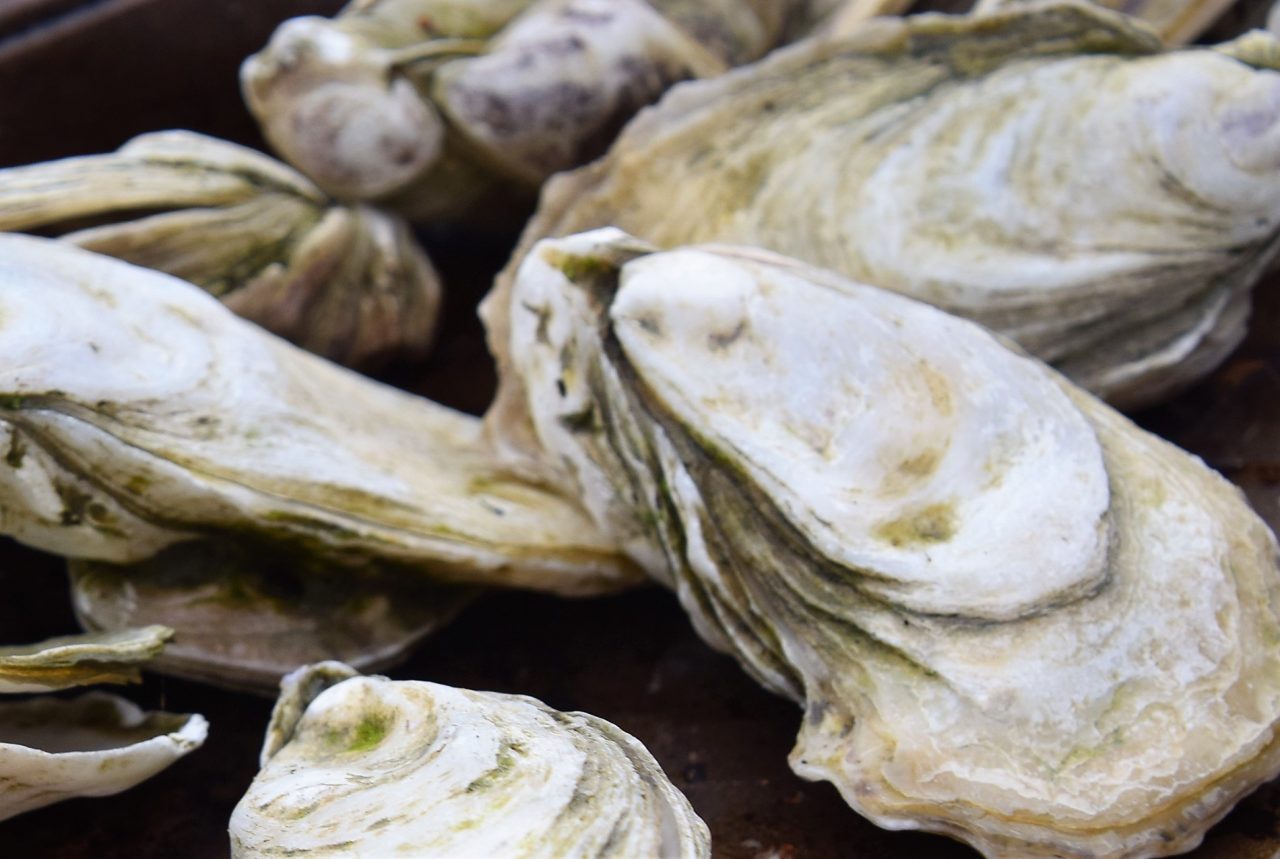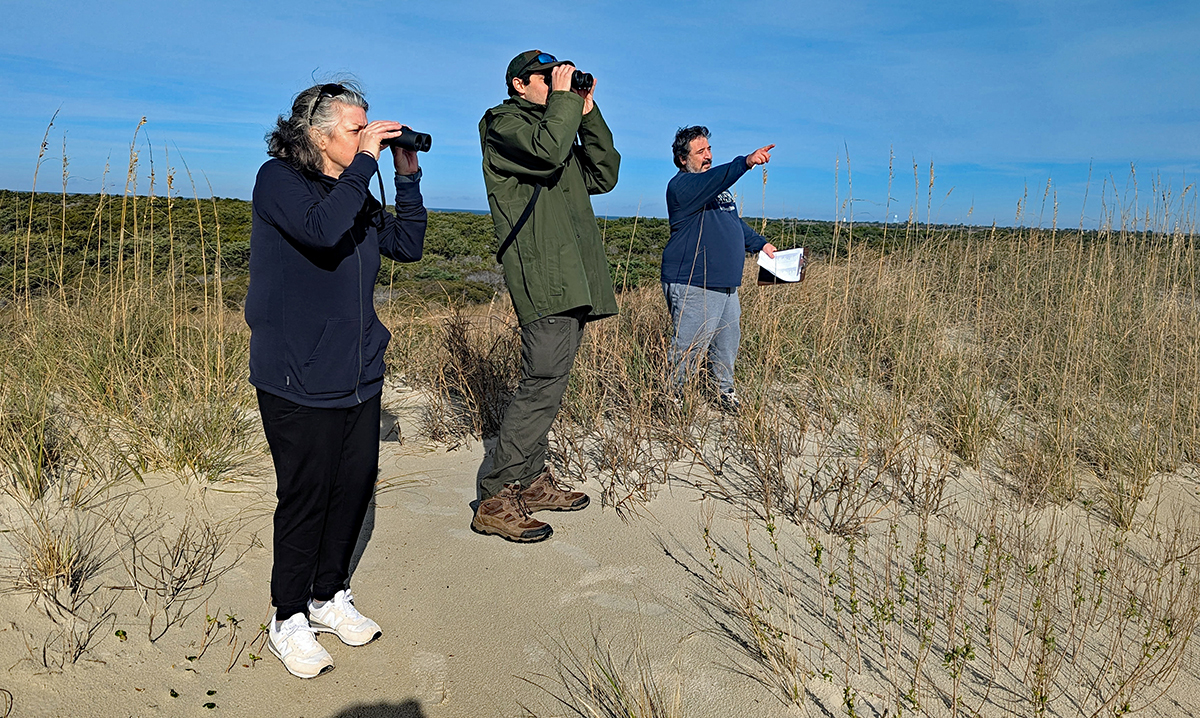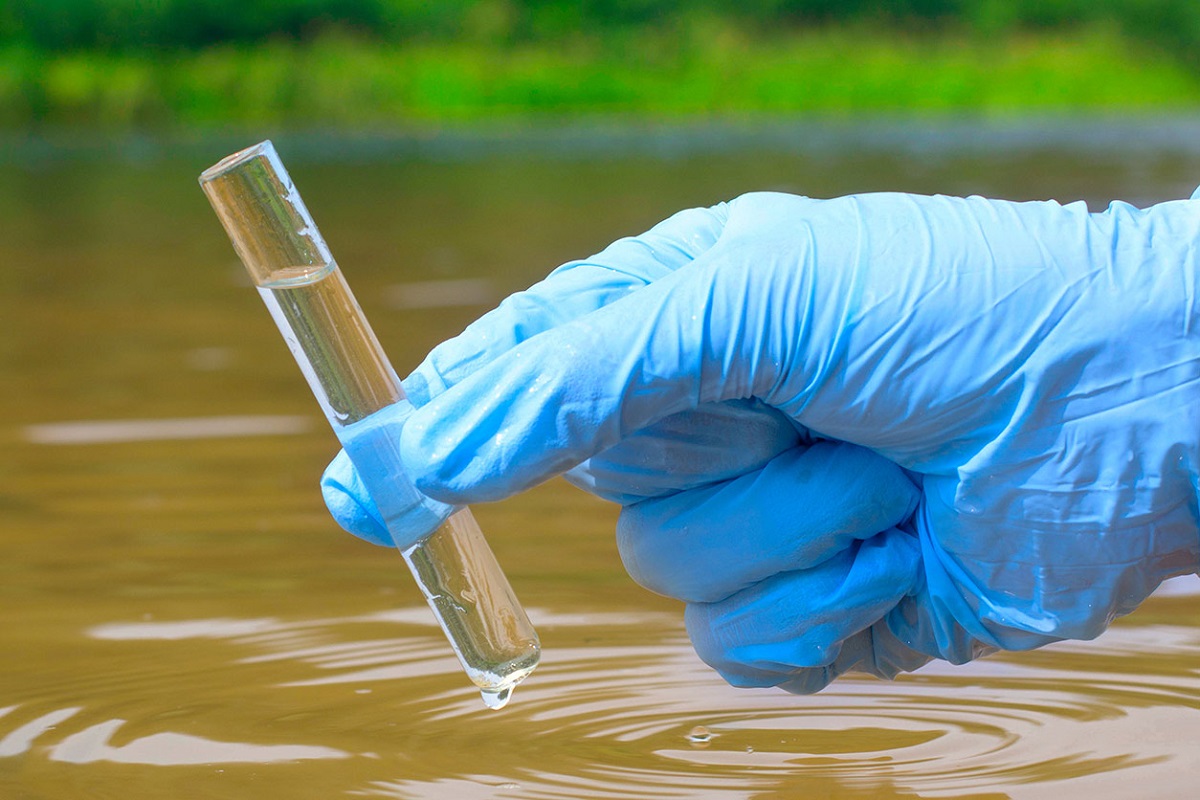
Hand harvest from public bottom begins at sunrise Friday, coinciding with North Carolina Oyster Week.
Continuing through Friday, NC Oyster Week is a virtual “shellebration” of the history, culture, economy, and ecology of oysters in the state organized by the state Department of Natural and Cultural Resources, NC Oyster Trail, North Carolina Sea Grant and the North Carolina Coastal Federation.
Supporter Spotlight
Events have been held already this week and there are several still ahead — all listed on the Natural and Cultural Resources website. These events are being shared on social media using the hashtags: #NCOysterWeek #NCOysters #GiveAShuck.
Oysters play their part to help the environment by filtering water, which helps improve water quality, and creating habitat for other animals. Oysters also help the economy once they’re harvested from the waterperson who harvests the oysters to the restaurant that sells local seafood.
Important to note is that after harvest, the oysters needs to be properly stored and chilled to ensure a healthy eating experience.
The state Division of Marine Fisheries provided the following safety tips regarding oysters:
- Only purchase oysters from licensed dealers. These dealers are inspected and required to keep oysters under refrigeration and otherwise handle the product in a sanitary manner.
- If you harvest oysters for yourself, keep them shaded from the hot sun and refrigerate them as soon as possible.
- Once you have harvested or purchased the oysters, keep them cold. Shell oysters need to be kept at or below 45 degrees Fahrenheit to prevent bacterial growth.
- Thoroughly wash oysters before cooking. Remove all mud and dirt from the outside of the oyster, using a stiff brush and pressurized water.
- Store oysters away from other contaminants. Oysters can become contaminated by placing them on wet floors, splashing them with dirty water, or by contact with raw fish, including fish fluids, and other foods.
- Prior to cooking or raw consumption, discard dead oysters. Dead oysters will have slightly gaping shells that will not close when tapped. Once cooked or roasted oyster shells will naturally open.
Division staff urge those with compromised immune systems to fully cook all oysters before consumption. People with liver disease, alcoholism, diabetes, cancer, stomach or blood disorders or on medication that weakens the immune system are at risk for a potentially serious or even fatal illness from the naturally occurring bacteria Vibrio vulnificus and Vibrio parahaemolyticus.
Supporter Spotlight
Thoroughly cooking the oysters destroys Vibrio bacteria. To thoroughly cook oysters in the shell, either boil them in water for 3 to 5 minutes after the shells open or steam them in a steamer for 4 to 9 minutes after the shells open. Discard any oysters that do not open during cooking.
For cooking shucked oysters, the Centers for Disease Control and Prevention recommends several methods, including boiling the oysters for at least 3 minutes, frying in oil for at least 3 minutes at 375° Fahrenheit, broiling 3 inches from heat for 3 minutes, or baking at 450° Fahrenheit for 10 minutes.
Recreational hand harvest is allowed sunrise to sunset seven days a week. The harvest limit is one bushel of oysters per person per day or two bushels per vessel per day if more than one person is on a boat. No license is required for recreational harvest, but the oysters may not be sold, according to the division.
The minimum size limit is 3 inches shell length. Those with a proper commercial fishing licenses may harvest oysters from sunrise to sunset Monday through Friday each week. Commercial hand harvest limits are different for some waters and by license type. Commercial fishermen should see this proclamation for specific hand harvest regulations.
Some waters are permanently closed to shellfishing, and other waters may temporarily close to shellfish harvest due to high bacteria levels associated with rainfall and stormwater runoff.
Fishers should check online for shellfish closures. and should continue to frequently check for shellfish closures throughout the year, particularly after heavy rains, or call the Division of Marine Fisheries at 252-726-7021 or 800-682-2632.







